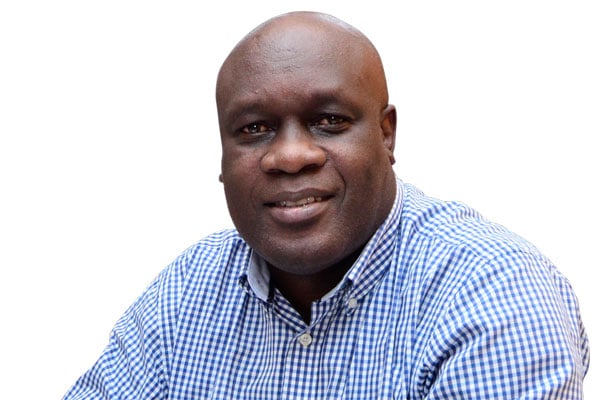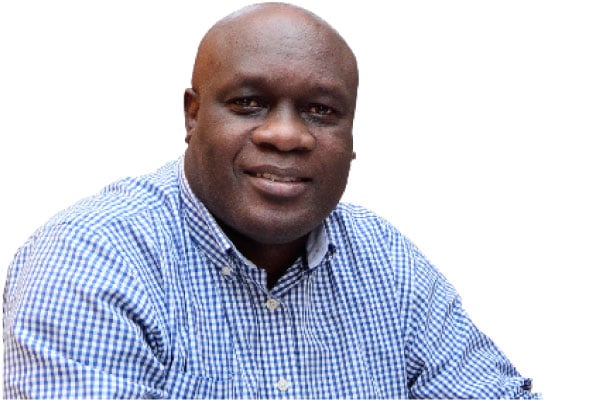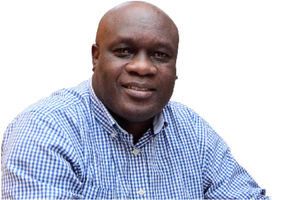
Author: Odoobo C. Bichachi is the Nation Media Group (NMG)-Uganda public editor. PHOTO/FILE.
Mr Chemonges, our loyal reader in Bugiri, shared a bunch of feedback with me this week. I have forwarded two of them to the Op-ed editor for consideration as Letters to the Editor. I respond to two of them, starting with the most intriguing one;
“Hello public editor! I like reading the Daily Nation these days besides the Daily Monitor. Most especially, I read the Public Editor’s Notebook by Peter Mwaura on Fridays like your column. Your style of commentary are not only similar but identical!”
My response to him was brief: “Dear Chemonges, I am always grateful for your feedback. The idea of the public editor in Daily Nation and Daily Monitor is the same; namely to support editors in upholding the NMG editorial policy guidelines, to highlight public feedback on our journalism so our newsrooms can be more responsive, and to educate the public about journalism and the back-end issues they never see as they read newspapers, listen on view news bulletins. Even other public editors elsewhere in the world do more or less the same. You can visit the website of the Organisation of News Ombudsmen (ONO) and find commentary of other public editors and learn more about it.”
In addition, both Mr Mwaura and I are guided by similar terms of reference that include the Nation Media Group’s Editorial Policy Guidelines, and journalism best practices as defined in numerous international journalism codes of ethics. We also rely on a deep well of experience. It is therefore possible that we may, from time to time, say similar things on issues about journalism, albeit in different words.
Beyond this response, I thought I could use this opportunity to also briefly clarify to other readers asking themselves the same questions; what are public editors about, where did it all start, and what value do they bring to readers and to the newsrooms. First, who is a public editor? “A public editor is a position existing at some news publications; the person holding this position is responsible for supervising the implementation of proper journalism ethics within that publication. These responsibilities include identifying and examining critical errors or omissions, and acting as a liaison with the public. Most commonly, public editors perform this work through a regular feature on a newspaper’s editorial page.” – www.wikipedia.com
Generally, public editors respond to issues from the audience regarding stories and many times these are the same issues – accuracy, balance, fairness, taste, etc. Public editors also engage in media literacy to help audiences understand decision-making in the newsrooms. In so doing, public editors literally take the audience into the newsroom and the newsroom to the audience.
Where, when did public editors start? “The first newspaper to appoint an ombudsman was Tokyo’s Asahi Shimbun in 1922 (Japan); the first American newspapers to appoint a public editor were theLouisville Courier-Journal and the Louisville Times in 1967.” – www.wikipedia.com
What is the value of public editors or news ombudsmen? Michael Getler, a former ombudsman at The Washington Post and Public Broadcasting Service (PBS) in the USA – for a total of 35 years – partly answers this question in his article, “Why News Organisations Need Ombudsmen” (European Journalism Observatory, June 2017). He says, while they [public editors] “…are a frequent internal pain-in-the-neck…independent ombudsmen or public editors are still the single most effective check on press transparency and accountability, readers and viewers like them, they can cement readers to their newspaper and enhance the credibility of the news organisations. An ombudsman shows that the press can take a punch, if necessary, not just deliver one, and that there is also an independent voice to counter the daily claims of ‘fake news’ and to defend, when appropriate, against the sea of unfair and inaccurate criticism.”
******
And now to Chemonges’ second feedback. “I have been an ardent reader of Daily Monitor since its inception in 1993. Overtime, I discovered that some columns have been scrapped due to reasons best known to the establishment, like “Corruption in Words and Figures” during the week which usually captured reports on graft. Another column was, “Where is he/she?” accompanied with a photo of the person, for instance, Bidandi Ssali, Kintu Musoke, Emmanuel Cardinal Wamala. I have shared this with the editors so they may consider revisiting those columns in one way or the other.
Send your feedback/complaints to [email protected] or call/text on +256 776 500725. WhatsApp +256 752 500725


